Home>Garden Essentials>When To Plant Brussel Sprout Seeds
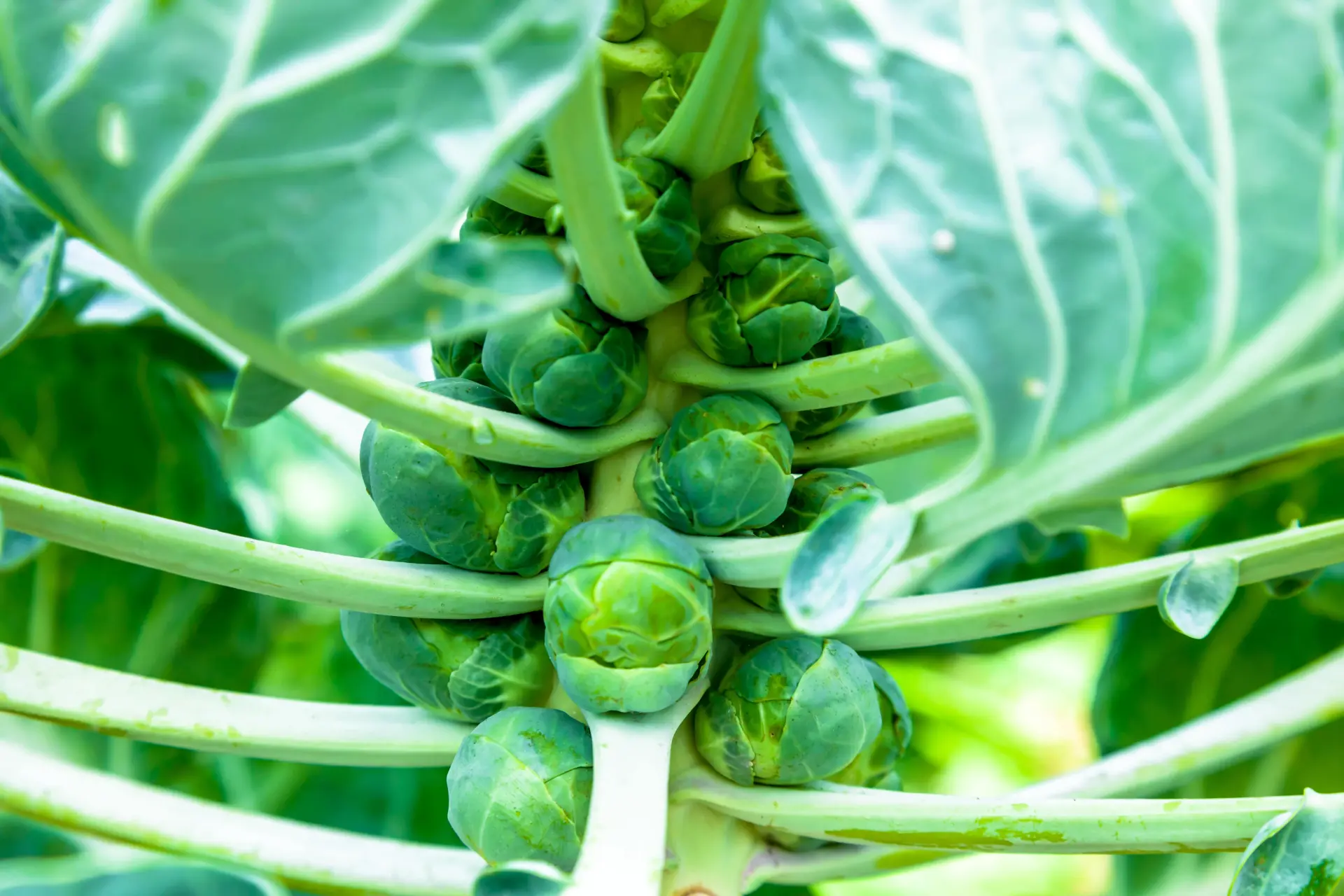

Garden Essentials
When To Plant Brussel Sprout Seeds
Modified: March 21, 2024
Learn the best time to plant Brussels sprout seeds in your garden and ensure a successful harvest. Get expert tips and advice for optimal planting conditions.
(Many of the links in this article redirect to a specific reviewed product. Your purchase of these products through affiliate links helps to generate commission for Storables.com, at no extra cost. Learn more)
Introduction
Welcome to the wonderful world of gardening! If you’re eager to start your own garden and have a penchant for delicious and nutritious vegetables, then growing Brussels sprouts from seeds is an excellent choice. Brussels sprouts are not only packed with vitamins and minerals but also add a beautiful touch to your garden with their unique appearance. In this article, we will explore the factors for successful Brussels sprout seed planting and guide you on when and how to plant them for optimum growth.
Brussels sprouts (scientifically known as Brassica oleracea var. gemmifera) belong to the Cruciferous family along with cabbage, broccoli, and kale. They require a cool climate to thrive and are typically grown as a fall or winter vegetable. While Brussels sprouts are available as transplants at nurseries, starting them from seeds gives you more control over the growing process and allows you to choose from a wider variety of cultivars.
Before embarking on your Brussels sprout seed planting journey, it’s important to understand the factors that contribute to their successful growth. These factors include timing, soil preparation, sowing techniques, and proper care. Paying attention to these aspects will increase your chances of reaping a bountiful harvest of tender and flavorful Brussels sprouts.
In the following sections, we will delve into each of these factors in more detail, providing you with valuable insights and practical tips for successfully planting Brussels sprout seeds. So, let’s roll up our sleeves and get ready to turn your garden into a Brussels sprout haven!
Key Takeaways:
- Brussels sprouts thrive in cool temperatures and need plenty of sunlight. Starting seeds indoors 6-8 weeks before the last frost or directly sowing in late summer/early fall can lead to a successful harvest.
- To grow healthy Brussels sprout seedlings, provide consistent moisture, bright light, and proper care. Transplant seedlings into well-prepared soil, and continue to monitor for pests and diseases for a bountiful harvest.
Read more: When To Start Brussel Sprout Seeds
Factors for Successful Brussels Sprout Seed Planting
When it comes to planting Brussels sprout seeds, several factors play a crucial role in ensuring their successful growth and development. Let’s explore each of these factors in detail:
- Temperature: Brussels sprouts thrive in cool temperatures between 60 to 65°F (15 to 18°C). They can tolerate mild frost, making them an ideal choice for fall or winter gardening. Planting Brussels sprout seeds when the temperatures are too hot can negatively impact their growth, so timing is key.
- Light: Brussels sprouts require a good amount of sunlight to grow and develop properly. Choose a location in your garden that receives at least six hours of direct sunlight per day. If you’re gardening in a region with hot summers, providing some shade during the hottest part of the day can be beneficial.
- Soil: Brussels sprouts prefer fertile soil that is well-draining, slightly acidic (pH level between 6.0 to 6.8), and rich in organic matter. Before planting the seeds, prepare the soil by incorporating compost or well-rotted manure to improve its texture and nutrient content. Avoid heavy clay soils, as they can hinder proper root development.
- Watering: Brussels sprouts need consistent moisture throughout their growth cycle. Keep the soil evenly moist, but not waterlogged. Water deeply once or twice a week, depending on the weather conditions. Mulching around the plants can help retain moisture and suppress weed growth.
- Fertilization: Brussels sprouts are heavy feeders and require regular fertilization to thrive. Before planting the seeds, work in a balanced granular fertilizer or incorporate a slow-release organic fertilizer into the soil. Side-dress the plants with nitrogen-rich fertilizer every 3-4 weeks during the growing season to promote healthy growth.
- Pest and Disease Management: Brussels sprouts are susceptible to certain pests and diseases, such as aphids, cabbage worms, and clubroot. Implementing proper pest management techniques, such as regular inspection and the use of organic insecticides, can help protect your plants. Crop rotation and maintaining good garden hygiene can also prevent the occurrence of diseases.
By paying attention to these factors and providing the optimal growing conditions for your Brussels sprout seeds, you can set them up for success and enjoy a successful harvest. Next, let’s move on to the timing for planting Brussels sprout seeds to ensure the best results.
Timing for Planting Brussels Sprout Seeds
The timing of planting Brussels sprout seeds is crucial to their success. Brussels sprouts are considered a cool-season crop, meaning they prefer cooler temperatures for optimal growth. Let’s take a closer look at the timing guidelines for planting Brussels sprout seeds:
Start Indoors: In regions with short growing seasons or areas where frost may occur early, it is best to start Brussels sprout seeds indoors 6-8 weeks before the last expected frost date in your area. This allows the seeds to germinate and develop into sturdy seedlings before transplanting them into the garden.
Transplant Outdoors: Once the soil has warmed up sufficiently and there is no risk of frost, usually in the early spring or late summer/early fall, you can transplant the Brussels sprout seedlings into the garden. Aim to transplant them when they are 4-6 weeks old and have developed a robust root system and a few sets of leaves.
However, if you live in a region with mild winters, you can directly sow Brussels sprout seeds in the garden during late summer or early fall for a fall or winter harvest. In this case, you can skip the indoor seed starting step.
Spacing: When transplanting Brussels sprout seedlings, provide them with adequate space to grow. Space the plants 18-24 inches (45-60 cm) apart in rows that are 30 inches (75 cm) apart. Giving them enough space ensures good air circulation and prevents overcrowding, which can lead to diseases and pest infestations.
It’s important to note that Brussels sprouts require a long growing season of around 80-100 days from transplanting to harvest, so plan accordingly. Those planting in spring should aim to start seeds indoors in early to mid-winter, while those planting in the fall should start seeds indoors in mid-summer.
Now that we’ve covered the timing aspect, let’s move on to preparing the soil for Brussels sprout seed planting to provide the ideal growing environment for these delectable vegetables.
Preparing the Soil for Brussels Sprout Seed Planting
Creating the right soil conditions is crucial for the successful growth of Brussels sprouts. Proper soil preparation ensures that the plants can access essential nutrients, have good drainage, and develop strong root systems. Follow these steps to prepare the soil for Brussels sprout seed planting:
- Clear the area: Start by clearing the area of any weeds, rocks, or debris. This will provide a clean and suitable space for your Brussels sprout plants to thrive.
- Test the soil: Conduct a soil test to determine its pH level and nutrient content. Brussels sprouts prefer a slightly acidic soil with a pH level between 6.0 to 6.8. The soil test will also help identify any nutrient deficiencies that need to be addressed.
- Amend the soil: Based on the results of the soil test, amend the soil to improve its texture and fertility. Add organic matter like compost, well-rotted manure, or peat moss to enrich the soil with nutrients and improve its moisture retention capabilities. Work the organic matter into the top 6-8 inches (15-20 cm) of soil using a garden fork or tiller.
- Address nutrient deficiencies: If the soil test reveals any nutrient deficiencies, such as low nitrogen or phosphorus levels, add appropriate organic fertilizers or soil amendments to rectify these imbalances. Follow the recommended application rates and mix them into the soil thoroughly.
- Improve drainage: Brussels sprouts prefer well-draining soil to prevent waterlogging, which can lead to root rot and other diseases. If your soil has poor drainage, consider adding organic matter or perlite to improve its structure and promote better water movement.
- Level the soil: Smooth out the soil surface to create a level planting bed. This will help with even water distribution and prevent water runoff.
By following these soil preparation steps, you will create a nutrient-rich and well-draining environment that is conducive to Brussels sprout growth. Next, let’s move on to the process of sowing Brussels sprout seeds for optimal germination and seedling development.
Plant Brussel sprout seeds in early spring, 4-6 weeks before the last frost date. They thrive in cool weather and take about 90-100 days to mature. Keep the soil moist and provide full sun for best results.
Sowing Brussels Sprout Seeds
Sowing Brussels sprout seeds is an exciting step in the journey towards a bountiful harvest. Proper sowing techniques ensure successful germination and the development of healthy seedlings. Follow these steps to sow Brussels sprout seeds:
- Select high-quality seeds: Start by choosing high-quality Brussels sprout seeds from a reputable seed supplier. Look for seeds that are fresh, as their viability decreases with time.
- Prepare seed trays or containers: Fill seed trays or containers with a seed starting mix. Ensure that the mix is well-draining and sterile to minimize the risk of diseases. Moisten the mix slightly before sowing the seeds.
- Sow the seeds: Plant the Brussels sprout seeds about ¼ to ½ inch (6-12 mm) deep in the seed trays or containers. Space the seeds about 2 inches (5 cm) apart to allow room for seedling growth.
- Label and cover: Label the seed trays or containers with the variety of Brussels sprouts you are planting to avoid confusion. Cover the seeds with a thin layer of seed starting mix and gently tamp it down to ensure good seed-to-soil contact.
- Provide the right conditions: Place the seed trays or containers in a warm location with temperatures around 70°F (21°C). Provide bright, indirect light or use grow lights to promote healthy growth. Maintain consistent moisture by misting the soil or using a spray bottle.
- Germination: Brussels sprout seeds typically germinate within 7-10 days, but it can vary depending on the variety and environmental conditions. Keep a close eye on the trays and make sure the soil remains moist but not waterlogged.
- Transplanting: Once the seedlings have developed a few sets of true leaves and are about 4-6 weeks old, they are ready to be transplanted into the garden. Harden off the seedlings by gradually exposing them to outdoor conditions to acclimate them before transplanting.
Keep in mind that Brussels sprouts require a longer germination period compared to other vegetables, so be patient and provide the necessary care. Sowing Brussels sprout seeds using these techniques will give you a head start in growing healthy seedlings for a successful garden. Next, let’s explore the care required for Brussels sprout seedlings as they develop.
Caring for Brussels Sprout Seedlings
Proper care is essential for the healthy growth and development of Brussels sprout seedlings. By providing optimal conditions, you can ensure that your seedlings grow into robust plants ready for transplanting. Here are some key aspects to consider when caring for Brussels sprout seedlings:
- Watering: Regular and consistent watering is crucial for seedling growth. Keep the soil evenly moist, but avoid overwatering, which can lead to damping-off disease. Water the seedlings at the base to prevent wetting the foliage, as this can increase the risk of fungal diseases.
- Light: Brussels sprout seedlings require bright light to develop strong stems and healthy leaves. If you’re growing the seedlings indoors, provide them with 14-16 hours of light daily using fluorescent grow lights or ensure they receive ample sunlight if grown outdoors.
- Temperature: Maintain an optimal temperature range for the seedlings, ideally between 60 to 70°F (15 to 21°C) during the day and slightly cooler at night. Avoid exposing them to extreme temperatures or drafts, as they can stunt growth or cause damage.
- Thinning: If your seedlings are crowded, it’s important to thin them out to provide adequate space for each plant to grow. Carefully remove the weaker seedlings, leaving the strongest and healthiest ones to avoid competition for resources.
- Fertilization: Once the seedlings have developed their first true leaves, you can begin feeding them with a diluted balanced liquid fertilizer or organic fertilizer. Follow the manufacturer’s instructions for proper application rates. Avoid over-fertilization, as it can lead to excessive foliage growth at the expense of sprout development.
- Support: As Brussels sprout seedlings grow taller, they may require additional support to prevent them from toppling over. Use bamboo stakes or plant supports to gently tie the seedlings to provide stability.
- Pest and disease management: Keep a close eye on your seedlings for any signs of pests or diseases. Common pests that can affect Brussels sprouts include aphids, cabbage worms, and slugs. If detected, treat the seedlings with organic insecticides or implement suitable pest control measures. Additionally, practicing good garden hygiene and ensuring proper air circulation can help prevent diseases like damping-off and powdery mildew.
By providing the proper care and attention to your Brussels sprout seedlings, you are setting them up for a healthy and successful growing season. As the seedlings grow and mature, the next step is transplanting them into the garden and giving them the space they need to thrive. Let’s explore the process of transplanting Brussels sprout seedlings in the next section.
Transplanting Brussels Sprout Seedlings into the Garden
Transplanting Brussels sprout seedlings from the indoor setting to the garden is a crucial step in their growth journey. It’s important to provide the appropriate conditions and proper techniques to ensure successful establishment and continued growth. Follow these steps when transplanting Brussels sprout seedlings into the garden:
- Choose the right time: Wait until the danger of frost has passed and the soil has warmed up to around 60°F (15°C) before transplanting Brussels sprout seedlings. This is usually in early spring for a cool-season harvest or in late summer/early fall for a fall or winter harvest.
- Prepare the soil: Ensure that the garden bed is well-prepared and the soil is rich in organic matter. Follow the steps mentioned earlier for soil preparation, including clearing the area, testing and amending the soil, and leveling the surface.
- Dig planting holes: Dig planting holes that are slightly larger than the root ball of the seedling. Space the holes about 18-24 inches (45-60 cm) apart in rows that are 30 inches (75 cm) apart.
- Transplant the seedlings: Gently remove the seedlings from their containers, taking care not to damage the roots. Place each seedling into a planting hole, making sure that the soil level matches the level of the seedling’s stem. Backfill the hole with soil, firming it gently around the roots.
- Water thoroughly: After transplanting, water the seedlings thoroughly to settle the soil around the roots and remove any air pockets. This helps to ensure good root-to-soil contact and promotes establishment.
- Mulch and support: Apply a layer of organic mulch around the seedlings to suppress weeds, retain soil moisture, and regulate soil temperatures. Additionally, provide support, such as staking or using plant cages, to prevent the plants from bending or toppling over as they grow taller.
- Provide care and maintenance: Continue to provide regular watering, monitor for pest and disease issues, and apply a balanced fertilizer every 3-4 weeks to support the growth of your Brussels sprout plants. Tend to the garden regularly, removing any weeds or pests that may hinder the plants’ growth.
By following these transplanting steps and providing proper care, your Brussels sprout seedlings will have a better chance of thriving in their new garden home. With time and patience, you will soon be rewarded with healthy plants and a harvest of delicious Brussels sprouts.
Now that we have covered the essential steps in growing Brussels sprouts from seed, it’s time to reflect on the process and wrap up our journey into the world of Brussels sprout cultivation.
Conclusion
Congratulations on learning the ins and outs of planting Brussels sprout seeds! By understanding the factors necessary for successful growth, the timing for planting, soil preparation, sowing techniques, and caring for seedlings, you are well on your way to a thriving Brussels sprout garden.
Nurturing Brussels sprouts from seeds allows you to have control over the entire process, from seed to harvest. It also opens up a wide selection of cultivars to choose from, ensuring that you can grow the exact variety that suits your taste preferences and climate conditions.
Remember to consider the necessary factors, such as temperature, light, soil quality, watering, fertilization, and pest management, to create the optimal conditions for your Brussels sprouts. Planting at the right time and providing the appropriate care will set the foundation for bountiful harvests of these delectable and nutritious vegetables.
As you continue on your gardening journey, don’t hesitate to experiment and learn from each growing season. Each year will bring new insights and experiences to help you refine your Brussels sprout gardening skills.
So, get your hands dirty, enjoy the process, and soon you will be enjoying the rewards of your own homegrown Brussels sprouts. From the joy of sowing seeds to the satisfaction of harvesting delicious sprouts, gardening truly allows you to connect with nature and reap the fruits of your labor.
Good luck, happy gardening, and may your Brussels sprout garden thrive and flourish!
Frequently Asked Questions about When To Plant Brussel Sprout Seeds
Was this page helpful?
At Storables.com, we guarantee accurate and reliable information. Our content, validated by Expert Board Contributors, is crafted following stringent Editorial Policies. We're committed to providing you with well-researched, expert-backed insights for all your informational needs.
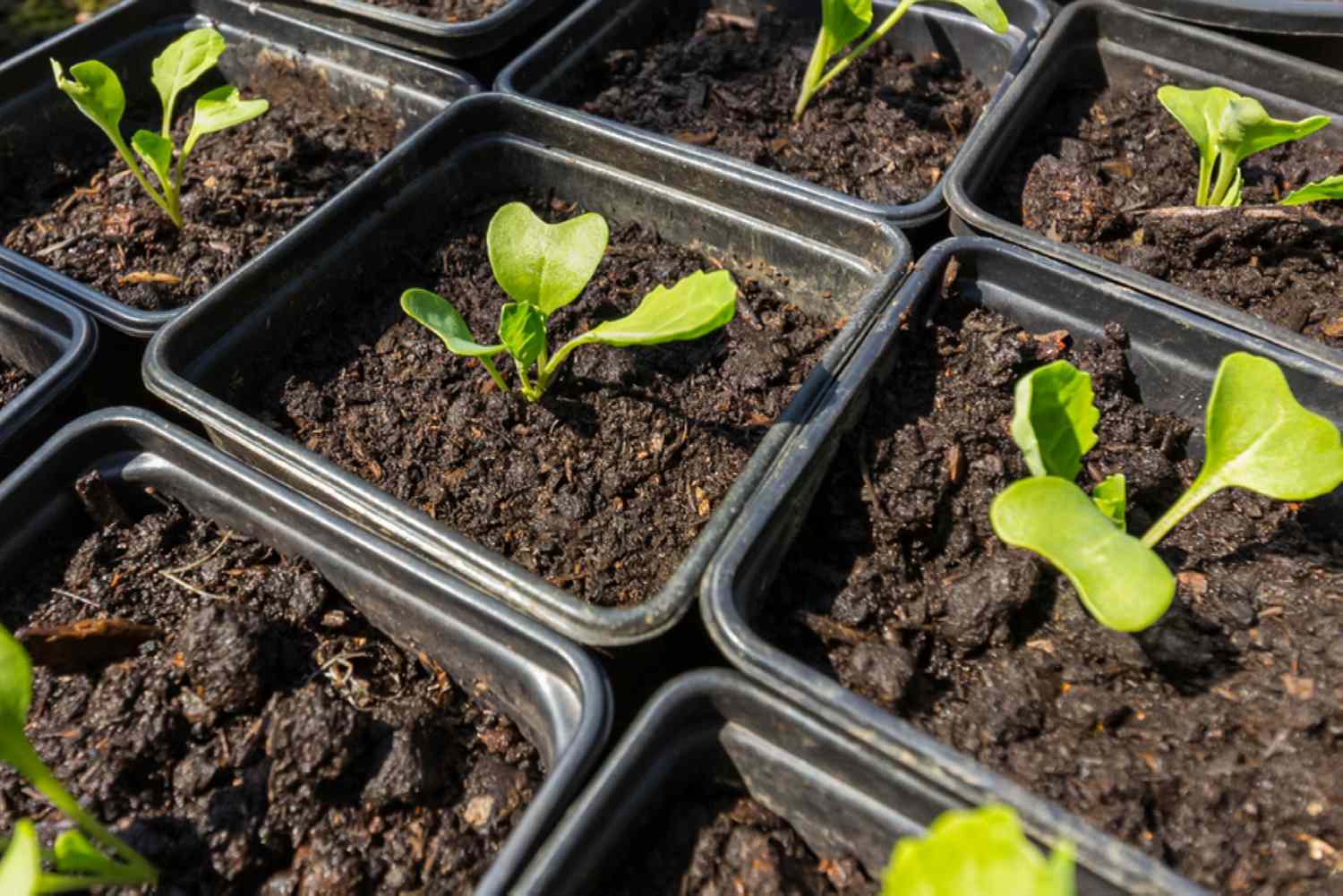
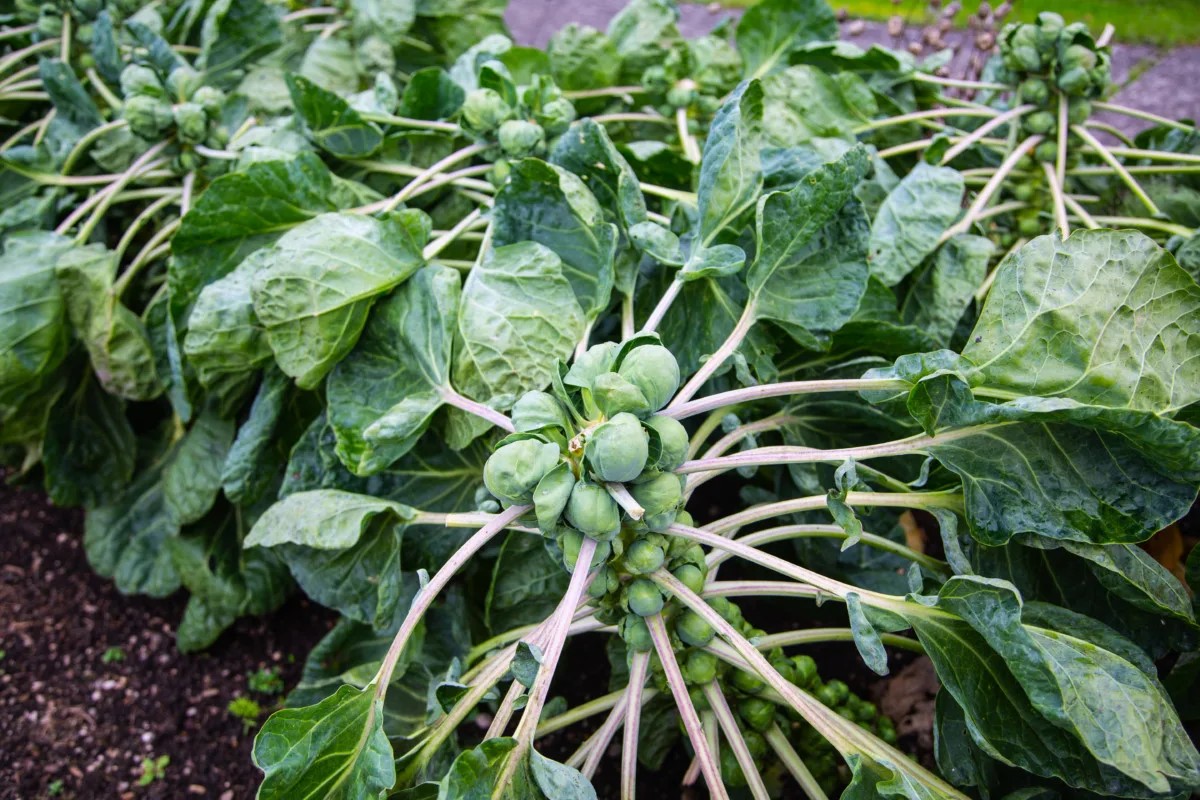
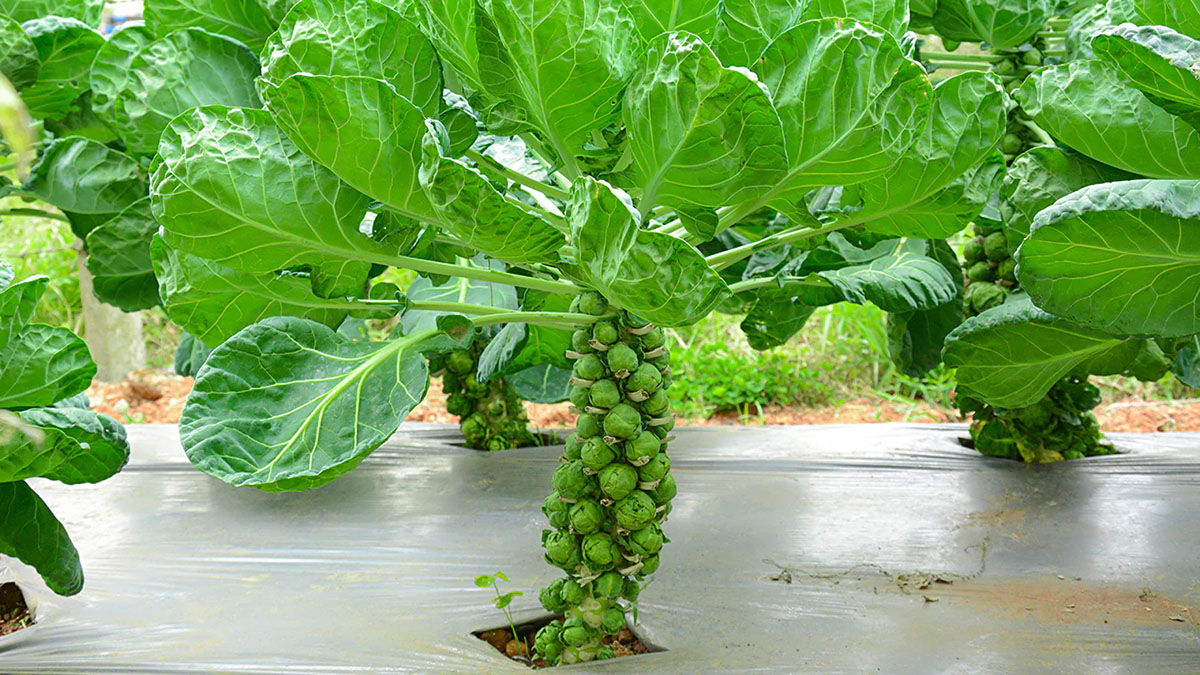
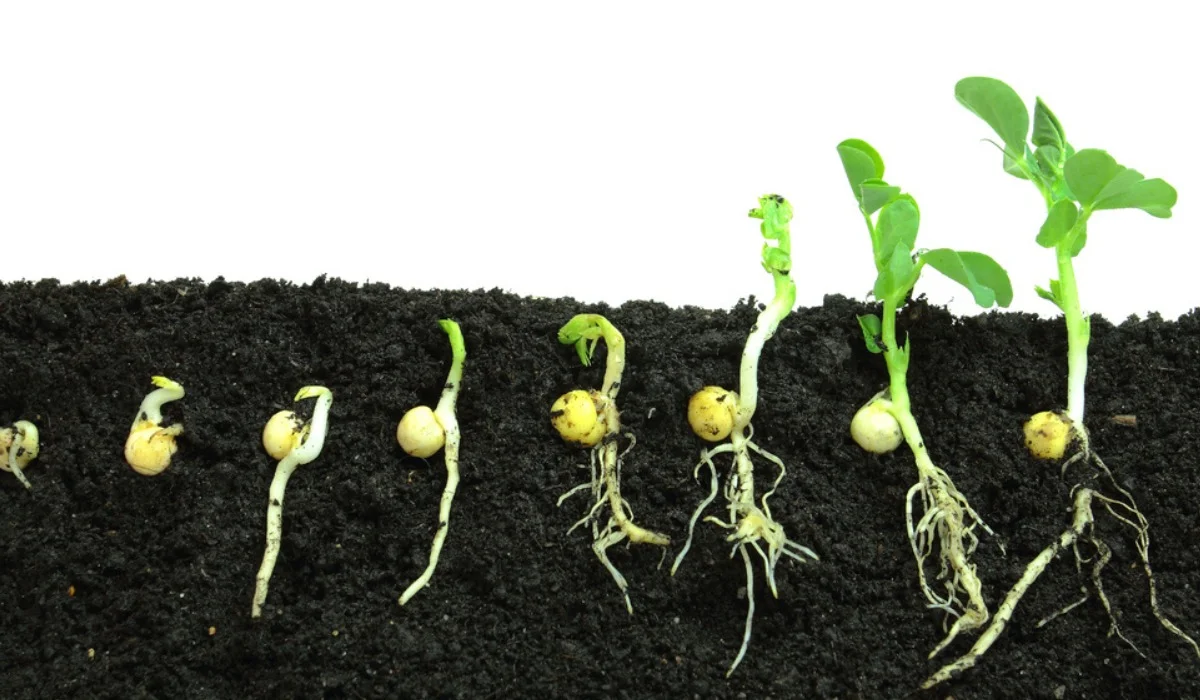
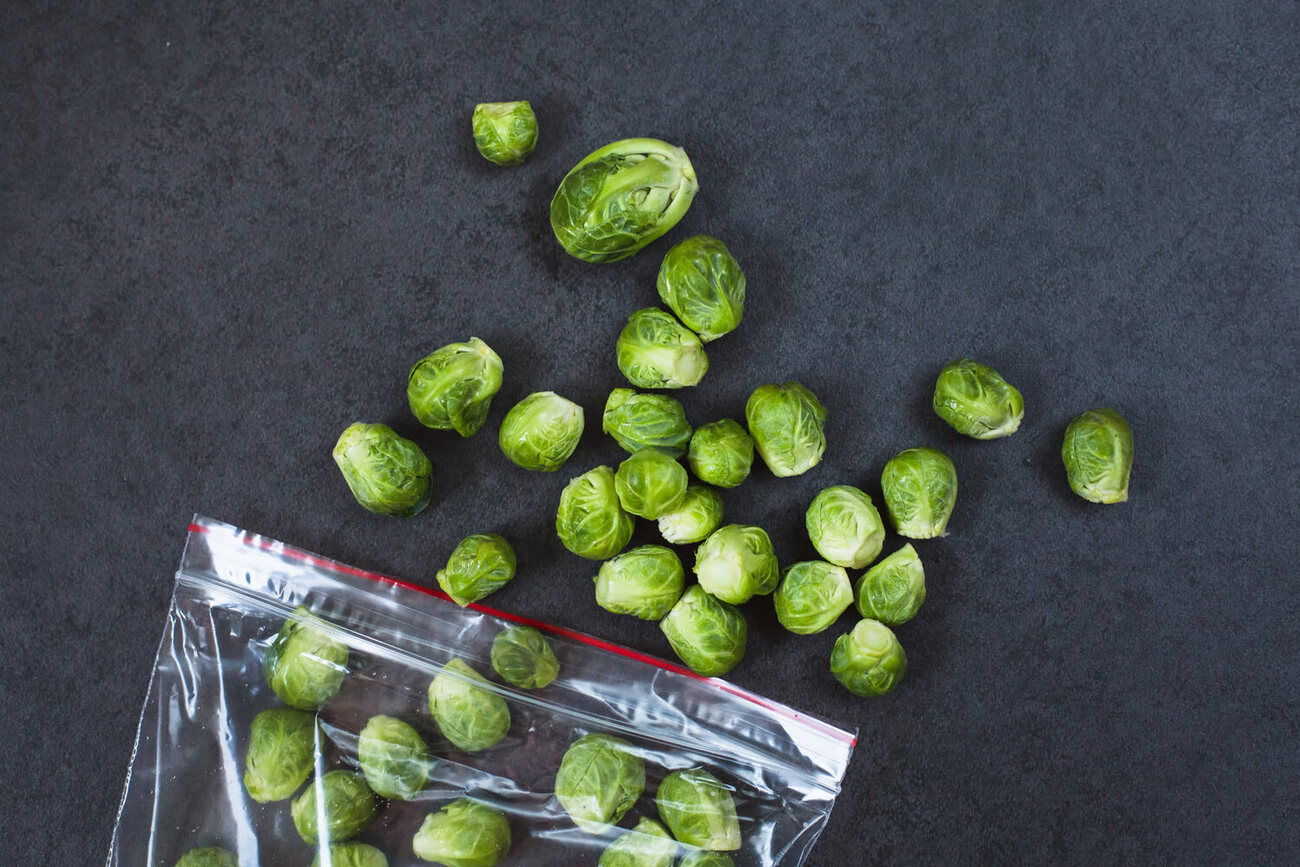
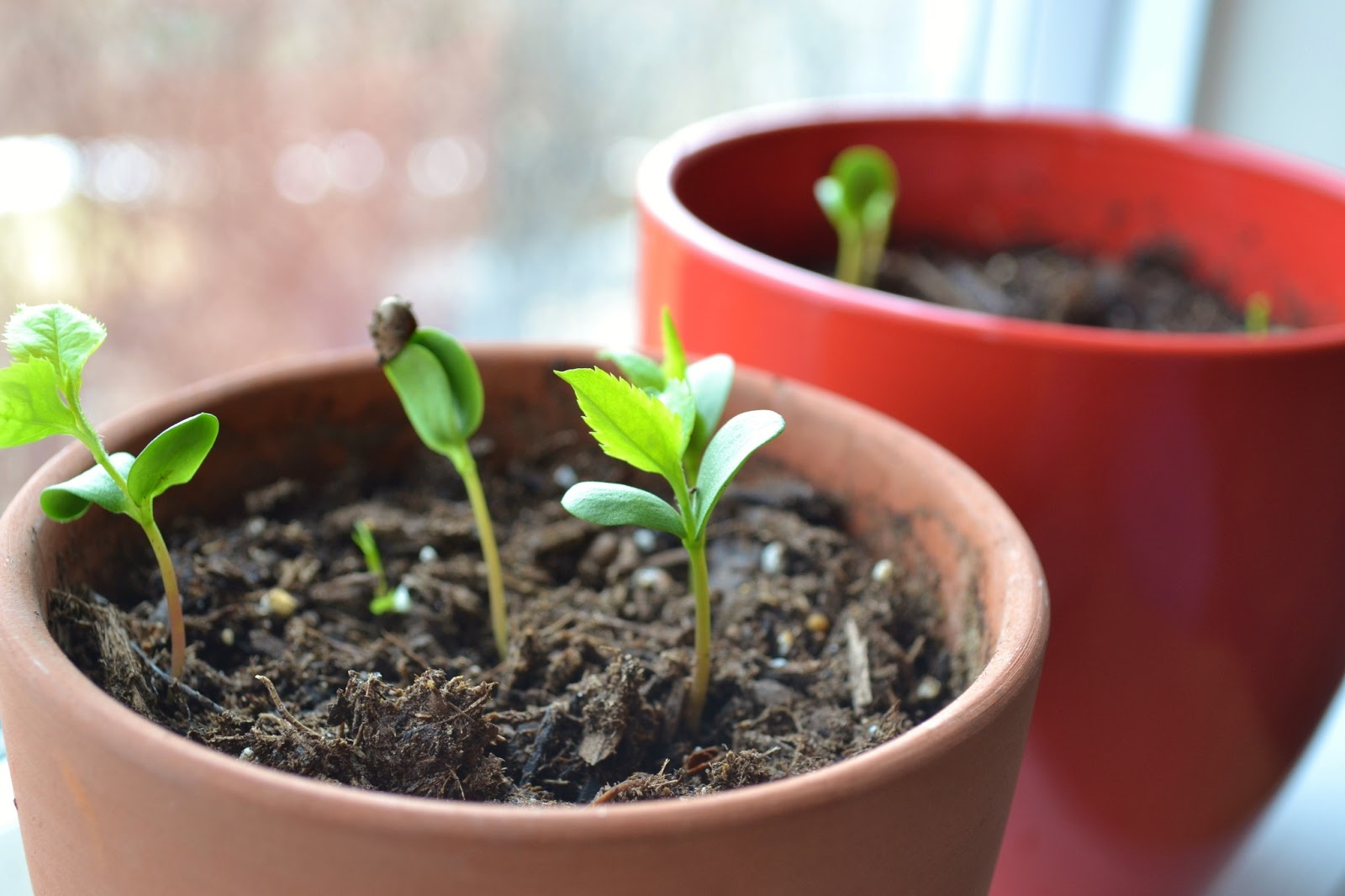
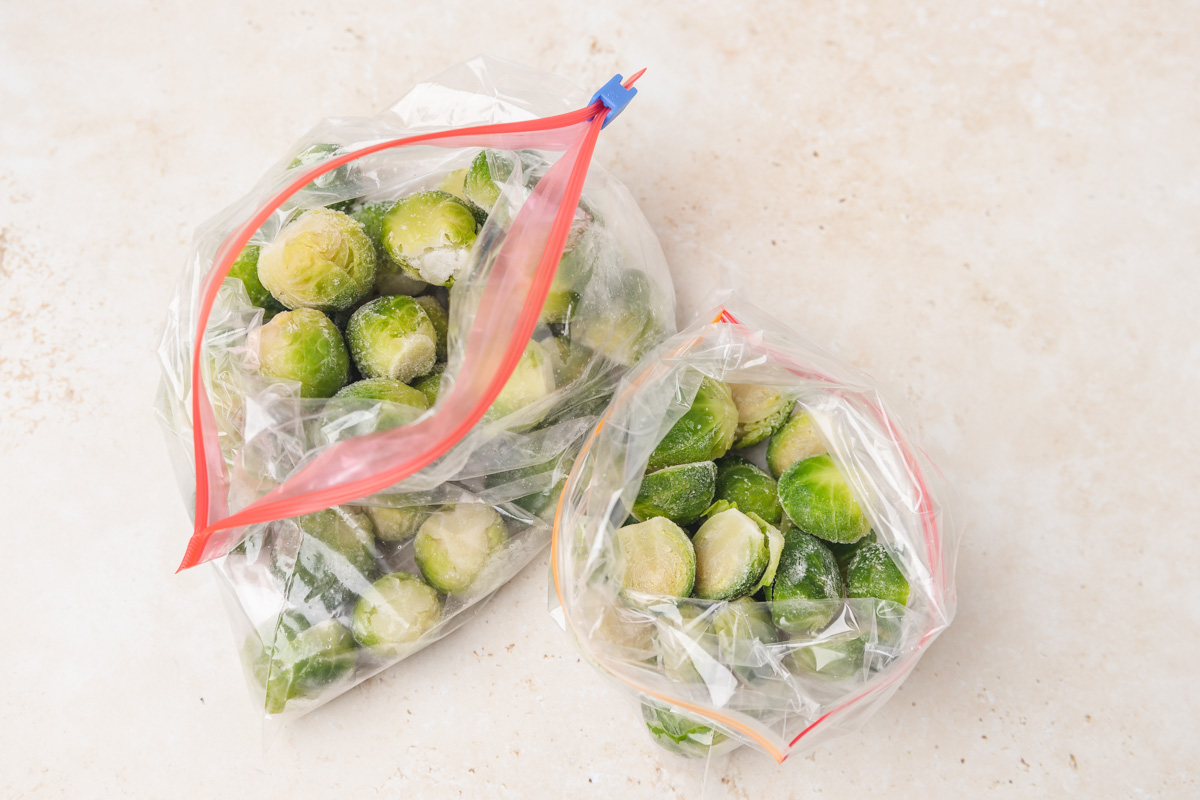
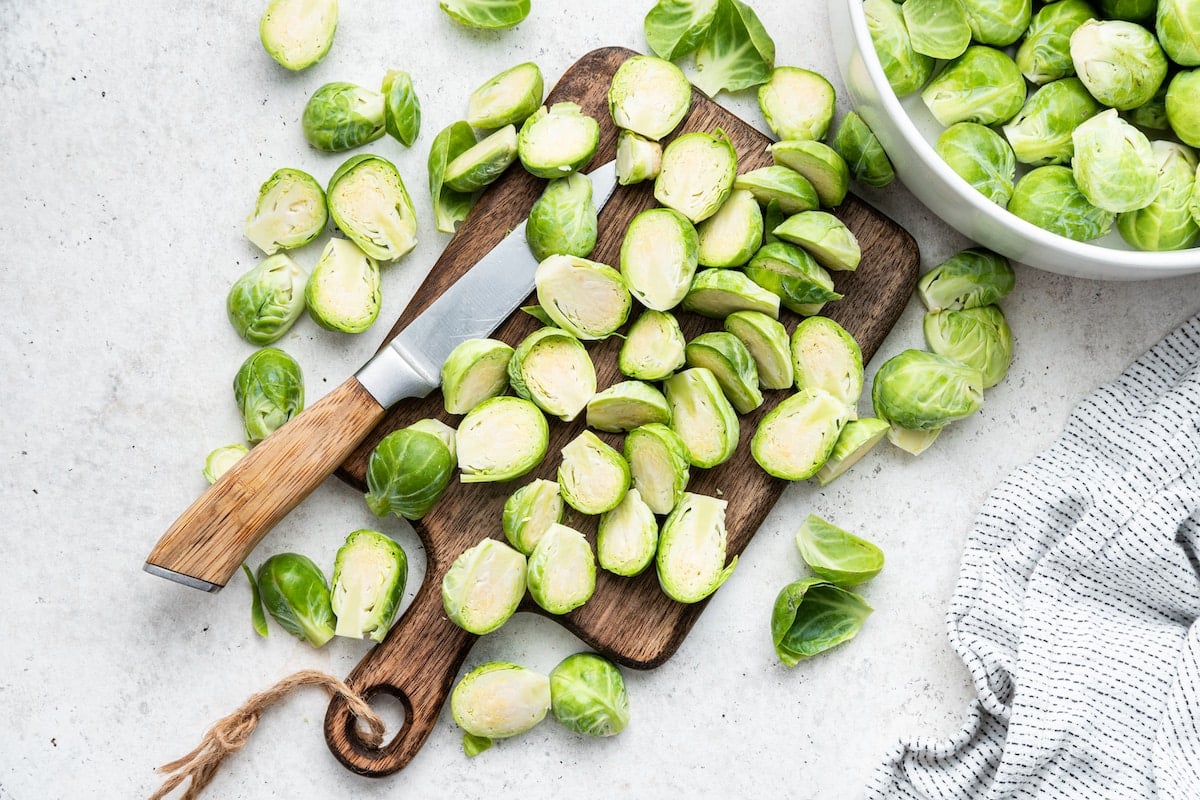
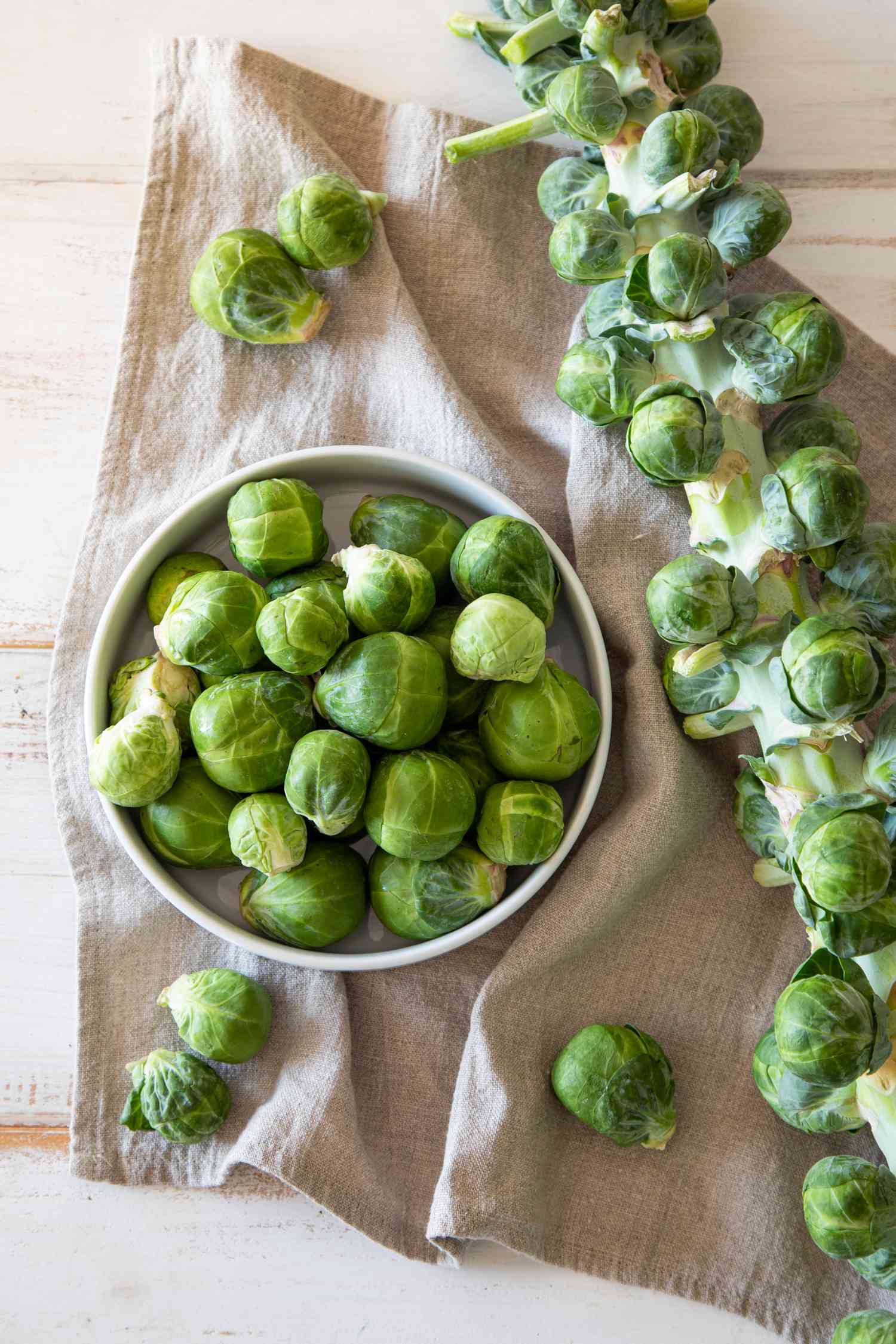
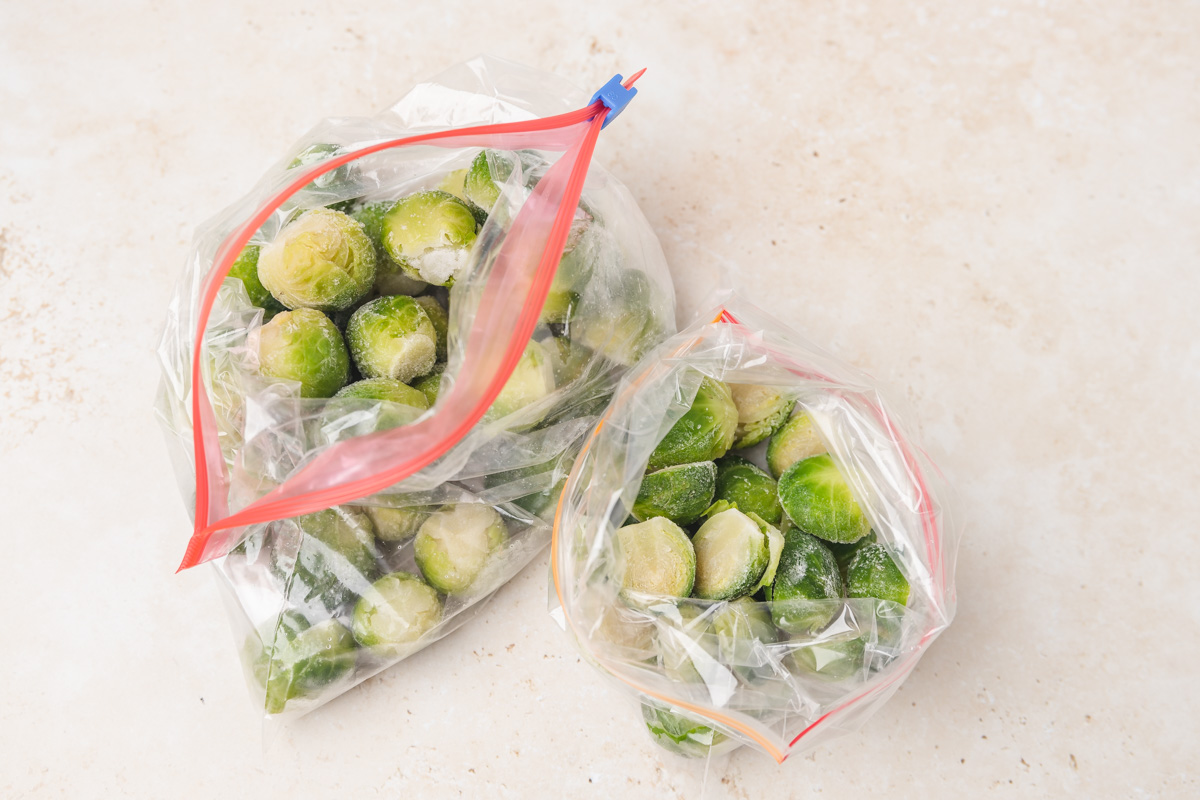
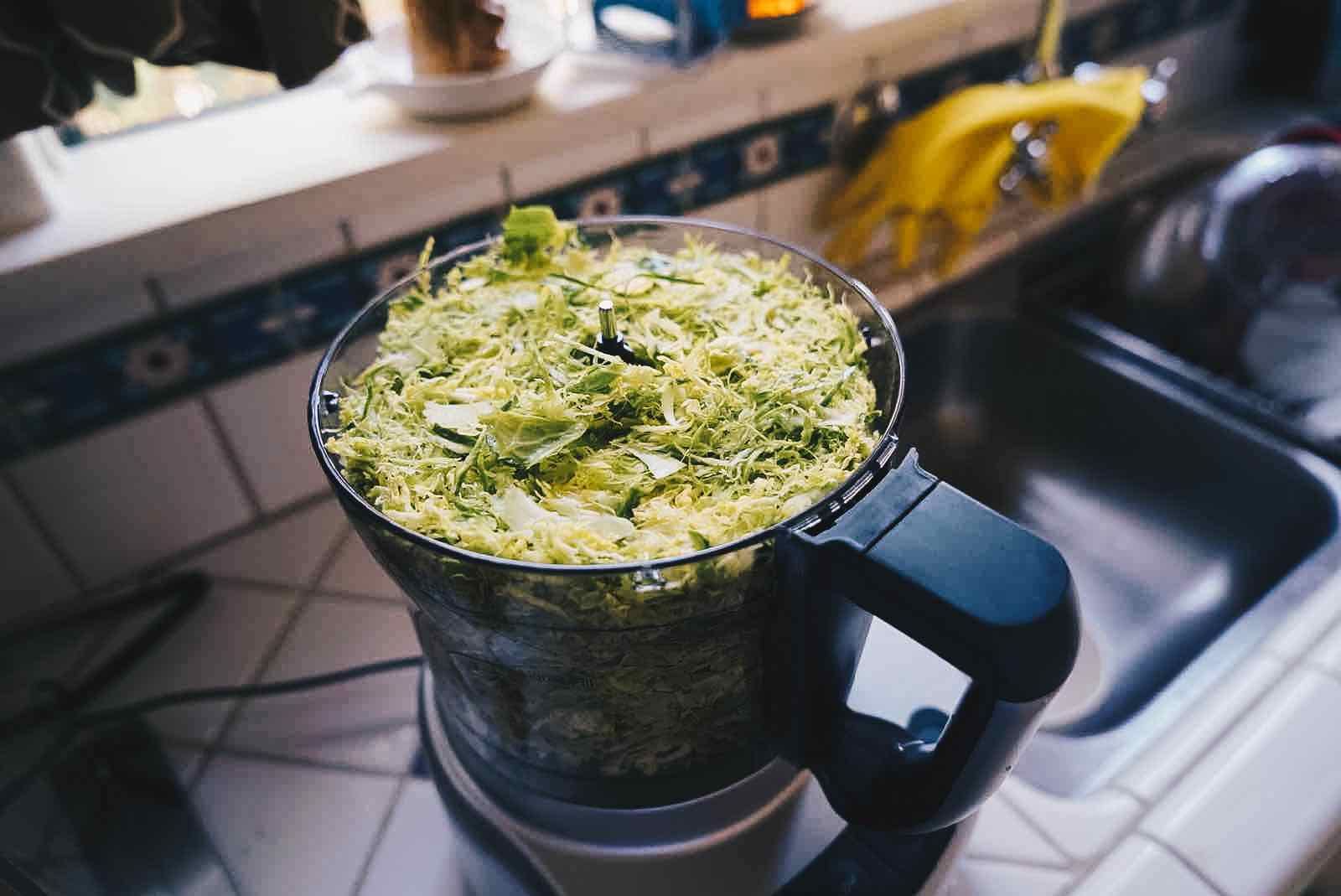
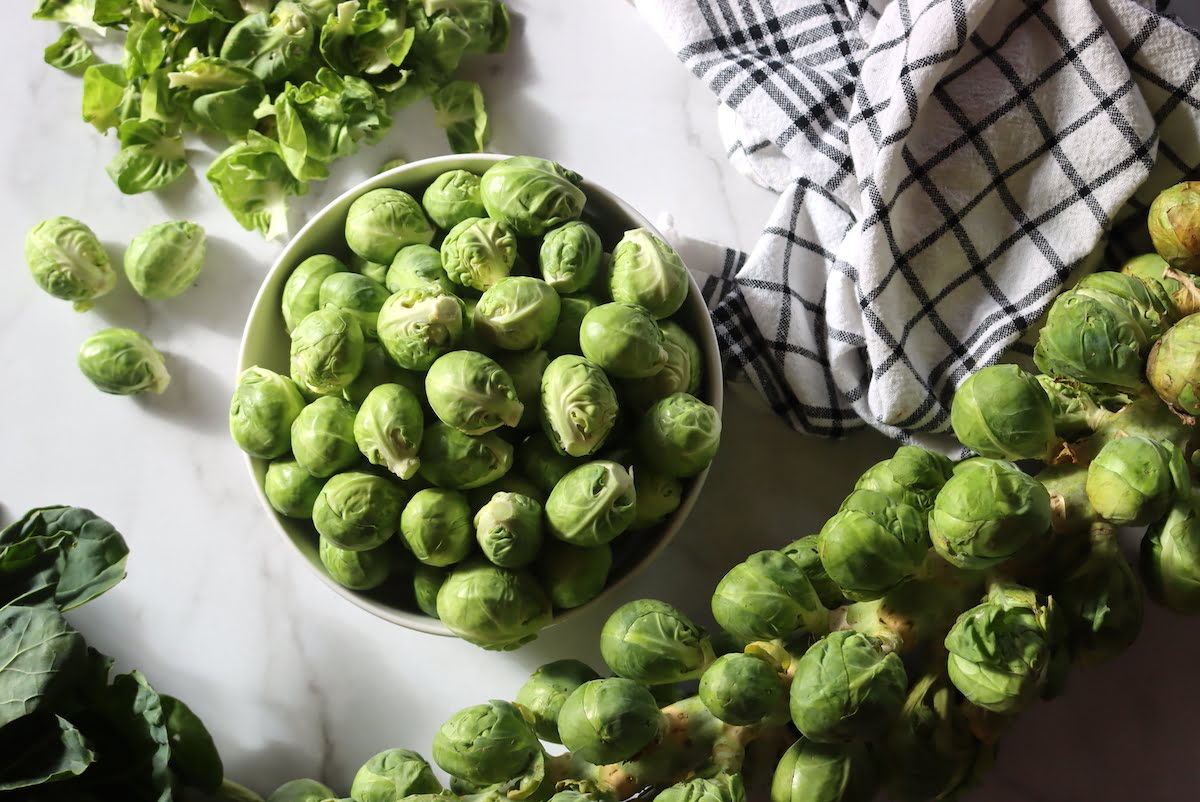
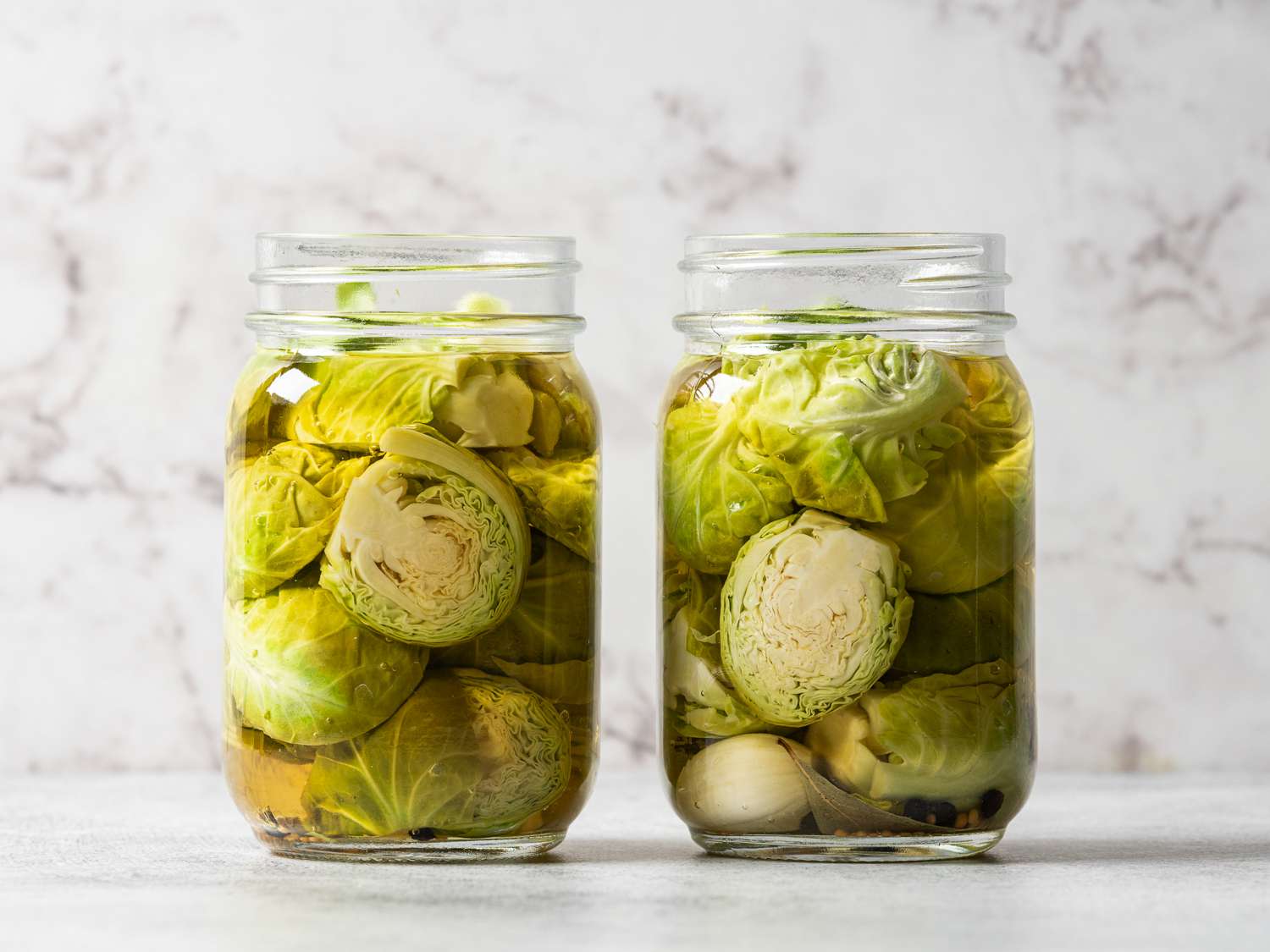
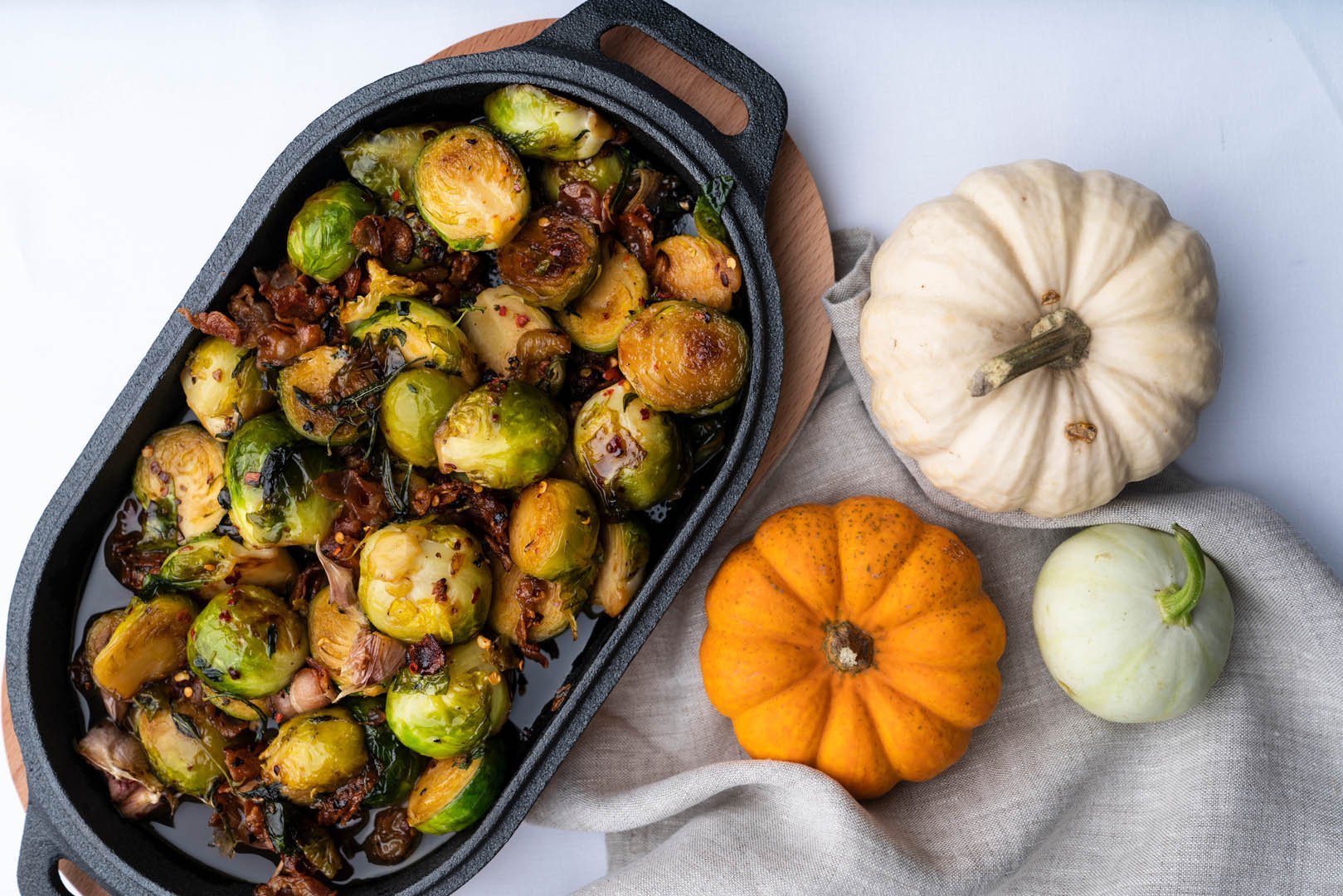

0 thoughts on “When To Plant Brussel Sprout Seeds”